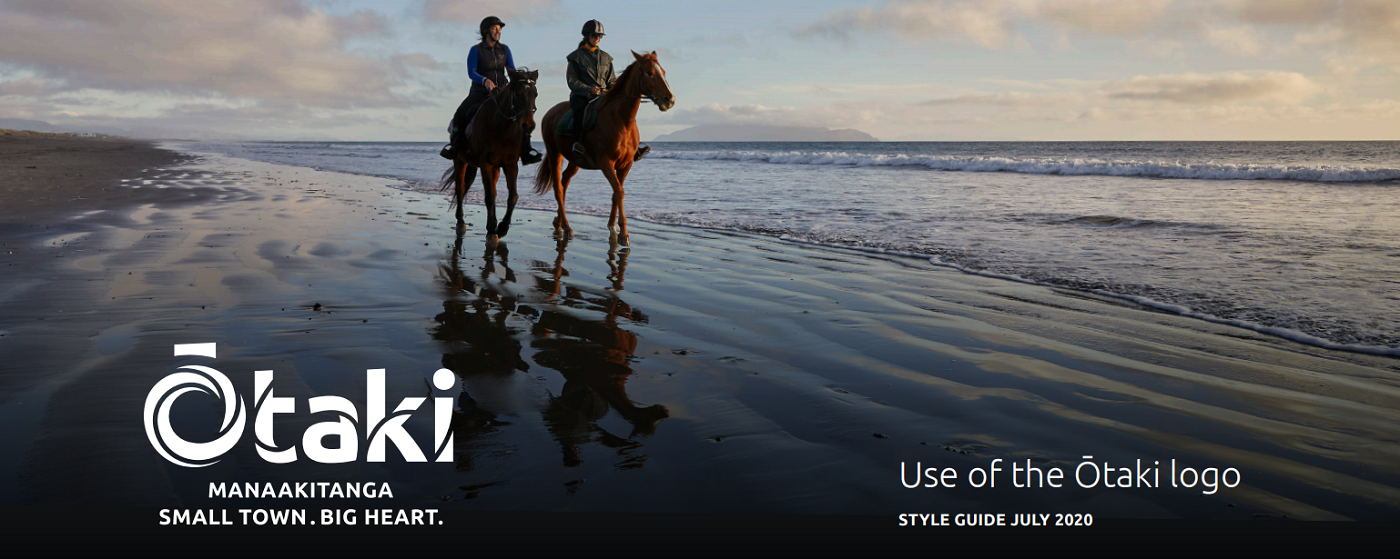
WHAIKŌRERO: Hemi Te Peeti greets the Waitangi Tribunal on to the marae at Hato Pāora College on Monday (March 9).
Photo Whare Akuhata
Ngāti Raukawa – of which Ōtaki is part – is one of the most landless iwi in the country and deserves “fulsome reparation” from the Crown.
That’s one of the key arguments being set out at a Waitangi Tribunal hearing that began on Monday (March 9) at Hato Pāora College in Feilding.
Former High Court judge Sir Taihākurei (Eddie) Durie (Ngāti Kauwhata, Ngāti Raukawa, Rangitāne) is telling the hearing that from as early as the 1860s, Ngāti Raukawa became one of the most landless North Island iwi.
“It has been amongst the most landless for over 100 years, and may have been the most landless,” he says. “The critical issue for tribal survival is not the amount lost but the amount that remains for the people at the end of the process. It is this extent of landlessness that most calls for a fulsome reparation, to settle the past by providing for a more secure future for the hapū.”
Sir Taihākurei is representing the confederation of iwi who occupy the Manawatū/Horowhenua/Kāpiti area who are generally known as Ngāti Raukawa or Ngāti Raukawa ki te Tonga. They comprise as well hapū of Ngāti Kauwhata, Ngati Tukorehe, Ngāti Wehiwehi, Ngāti Maniapoto and Ngāti Tūwharetoa.
The confederation refer to the taking of some lands as “pene raupatu” or confiscation by the pen. Sir Taihākurei contends most of Manawatū and Rangitīkei, about 130,000 hectares (320,000 acres) was deceitfully acquired by the Government.
It was without the consent of the resident hapū of Ngāti Raukawa, Ngāti Kauwhata and the Reureu. Instead of land taken by armed conflict it was through the power of the pen.
One purchase of about 97,000ha (240,000 acres) is described as one of the most fraudulent in New Zealand history, and which was backed by a Native Land Court decision.
That decision was also described as corrupt.
The purchases and the Native Land laws that removed the capacity of each tribe to manage its lands meant the Rangitīkei, Manawatū and Horowhenua iwi became the most landless in the country.
“They lost more than most iwi in the proportion of their land that was taken by the Government and in terms of cultural loss, loss of papakāinga and therefore self-sufficiency; and a greater loss than others in the opportunity to participate in the country’s economy, the claim states.
The proportion of land acquired by the Crown, in relation to the total land that the hapū possessed, was probably the highest in the North Island.
People of the confederation originally lived in the southern Waikato area but migrated to the Manawatū/Horowhenua/Ōtaki area alongside Ngāti Toa, Te Āti Awa and other iwi during the early 19th century. These iwi represent about 30,000 descendants who affiliate to 23 marae stretching from Bulls in the north-west, Te Reureu in the north-east to Ōtaki in the south-west.
The hearing is the start of proceedings that will progress to Horowhenua and Ōtaki following the historical sequence of events. It is the first of 12 tribunal hearings that will run through to 2022.
The Waitangi Tribunal will meet again at a venue yet to be confirmed from May 11 to 15. Hearing in Ōtaki are not likely until 2022.

